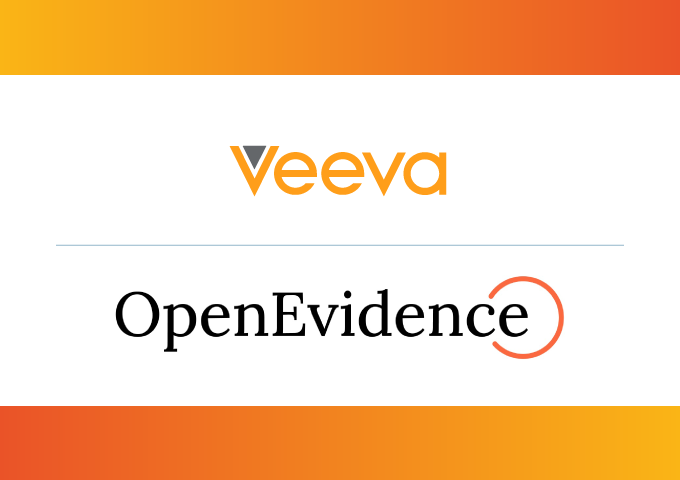RAISE your voice LETTERS Support, Not Coercion New terminology needed I read with great interest your article with Dorothy Smith on the topic of Improving Patient Compliance in the January 2004 issue. As someone who has examined this topic extensively, I believe that the problem of patient compliance lies directly with the term itself. In this day and age of political correctness and euphemisms, the term compliance is becoming taboo when it’s referred to during discussions of healthcare, and all for good reason. Compliance is defined as “the act or purpose of complying to a desired demand or to coercion; a disposition to yield to others.” In other words, it can mean submissive. There’s no question that the definition is brimming with negative connotation, and therefore, the very term “patient compliance” is inherently a bad thing. We don’t want ourselves, as patients, to be submissive or coerced by our doctors, and I would hope our doctors don’t want us to view things this way. Doctors communicating sensitively – and sensibly – with patients is what separates patient compliance (the old way) from patient adherence (the new way). Adherence is defined positively as “giving support or maintaining loyalty” or “steady or faithful attachment.” Until we begin to understand that the doctor-patient relationship needs to step away from “coercion” and move toward “support,” we will continue to be plagued with unfavorable medication statistics and incomplete treatment plans. John L. Maillard R&D productivity crisis In recent years, corporate managers in advanced technology sectors have become acutely aware of the R&D productivity crisis and the cost in lost growth and competitive effectiveness. Globally, these industries spent about $527 billion on R&D in 2000. Studies have found that R&D knowledge workers spend as little as 11% of their time on creative discovery. The remaining time is spent on administrative matters, communications, and unproductive waiting. Poor as this picture may seem, the situation is even worse. Other studies have found that as much as 80% of the creative/discovery work performed by R&D knowledge workers “is the same or similar to work done previously.” Past experiments and outcomes simply had not been retained in a manner and detail that was accessible and usable. Often this information was “in the heads” of researchers who may or may not still be with the company. Knowledge-management applications and electronic notebooks go only a small way toward addressing this problem. The main disadvantage of these tools is that they have little or no impact on the administrative overhead of the research. Researchers are simply creating their reports on a computer instead of paper. They make no contribution to the management process whatsoever. What is required is a solution that recognizes the dual nature of the research process – addressing the issues of both the researcher and the research manager. Collaborative eR&D is a new research paradigm that integrates the selection process of R&D managers (project and portfolio management) with the problem-solving process (scientific method) of scientists and researchers. Barry Neary Marketing Manager KineMatik The problem of patient compliance lies directly with the term itself. In this day and age of political correctness and euphemisms, the term “compliance” is becoming taboo when it’s referred to during discussions of healthcare, and all for good reason. – John L. Maillard What’s Your Opinion? More Consumer-friendly DTC AD GUIDELINES In January, for the first time since 1998, the FDA announced changes to the regulations that govern the content and format of the product disclaimer or brief summary that must accompany print advertising of DTC products. The FDA revealed three new draft guidelines for the $2.6 billion DTC industry, which would have pharma companies revamp and reduce the brief summaries in print ads and encourage more disease awareness spots on TV. (See page 53 in this issue for more information.) FDA Commissioner Dr. Mark B. McClellan has been quoted as saying, “This is a case of where less may be more. Technically, the brief summary is in compliance with the laws but it doesn’t convey that information to consumers who find it too detailed and off-putting. Because the brief summary is the main tool designed to convey this information, we need to do better.” He suggested using bullet formats and breakout boxes that portray the most significant risks of taking prescription medications. The FDA says the print information should be reduced to a less-cluttered format and be more consumer-friendly. Current TV broadcast ad guidelines will remain the same. The FDA also is asking companies to use more “unbranded” messages – help-seeking or disease-awareness ads – and is putting guidelines in place for medical-device broadcast advertising. PharmaVOICE wants to know what your suggestions to the FDA would be on how these guidances can advance public health and at the same time observe smart business tactics. What’s your opinion? Please e-mail your comments to [email protected].
An article from


Raise Your Voice -- Letters
Filed Under:
Research & Development










